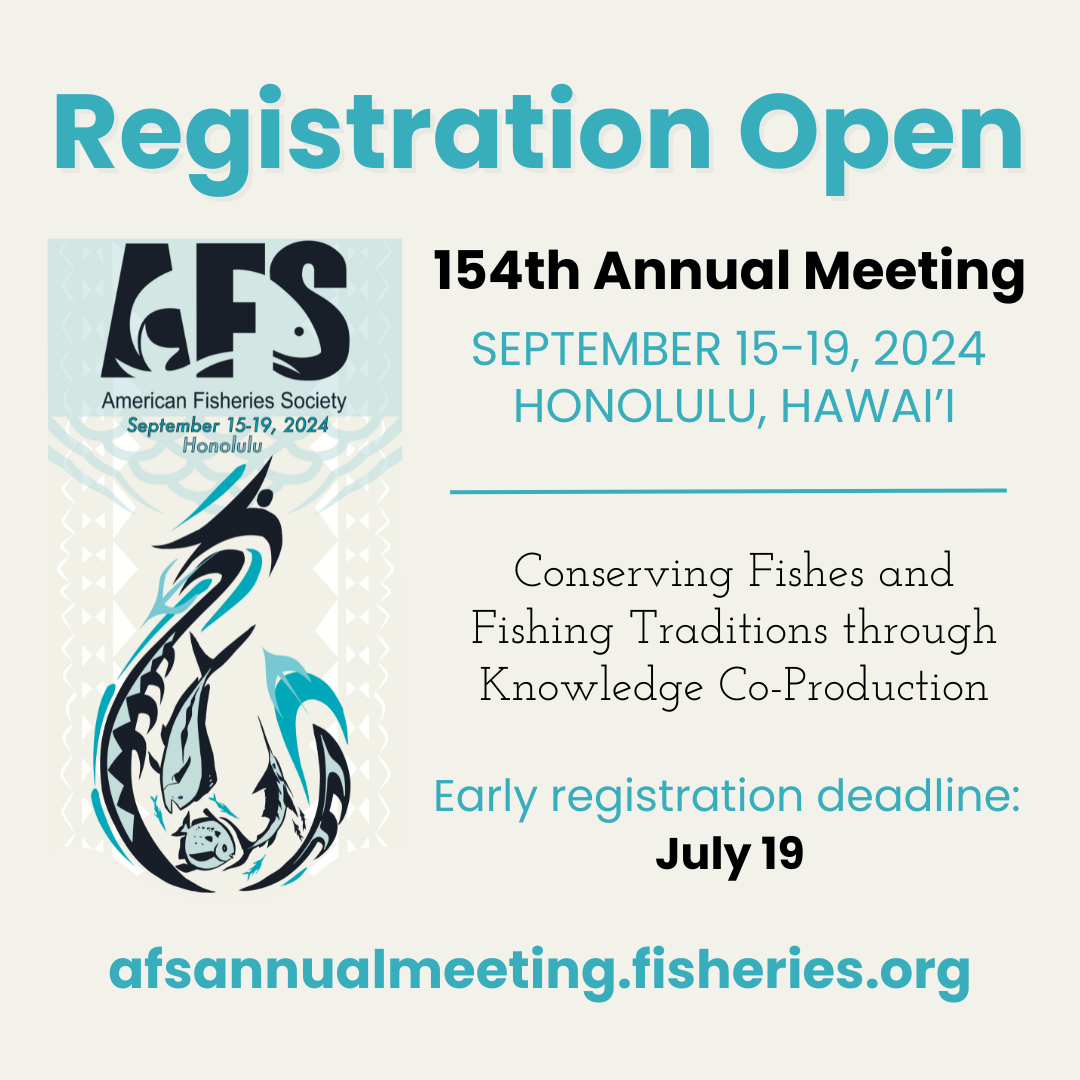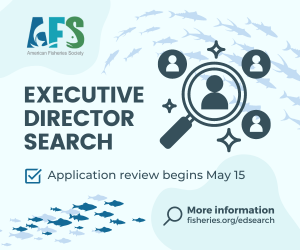REFERENCES
Agnew, D. J., N. L. Gutiérrez, A. Stern-Pirlot, and D. D. Hoggarth. 2014. The MSC experience: developing an operational certification standard and a market incentive to improve fishery sustainability. ICES Journal of Marine Science 71(2):216–225.
Catul, V., M. Gauns, and P. K. Karuppasamy. 2011. A review on mes- opelagic fishes belonging to family Myctophidae. Reviews in Fish Biology and Fisheries 21(3):339–354.
Coll, M., J. Navarro, R. J. Olson, and V. Christensen. 2013. Assessing the trophic position and ecological role of squids in marine eco- systems by means of food-web models. Deep-Sea Research Part II-Topical Studies in Oceanography 95:21–36.
Essington, T. E., P. E. Moriarty, H. E. Froehlich, E. E. Hodgson, L. E. Koehn, K. L. Oken, M. C. Siple, and C. C. Stawitz. 2015. Fishing amplifies forage fish population collapses. Proceedings of the National Academy of Sciences 112(21):6648–6652.
Froese, R., and D. Pauly. 2015. FishBase. Available: www.fishbase.org. (July 2015).
Holland, G. J., S. P. Greenstreet, I. M. Gibb, H. M. Fraser, and M. R. Rob- ertson. 2005. Identifying sandeel Ammodytes marinus sediment habitat preferences in the marine environment. Marine Ecology Progress Series 303:269–282.
Ihde, T. F., E. D. Houde, C. F. Bonzek, and E. Franke. 2015. Assessing the Chesapeake Bay forage base: existing data and research pri- orities. STAC Publication Number 15-005, Chesapeake Bay Pro- gram, Edgewater, Maryland.
Link, J. S., and H. I. Browman. 2014. Integrating what? Levels of marine ecosystem-based assessment and management. ICES Journal of Marine Science 71(5): 1170–1173. DOI: 10.1093/icesjms/ fsu026.
Peck, M. A., S. Neuenfeldt, T. E. Essington, V. M. Trenkel, A. Takasuka, H. Gislason, M. Dickey-Collas, K. H. Andersen, L. Ravn-Jonsen, N. Vestergaard, S. F. Kvamsdal, A. Gårdmark, J. Link, and J. C. Rice. 2014. Forage fish interactions: a symposium on “creating the tools for ecosystem-based management of marine resources.” ICES Journal of Marine Science 71(1):1–4.
Pikitch, E. K., P. D. Boersma, I. L. Boyd, D. O. Conover, P. Cury, T. E. Ess- ington, S. S. Heppell, E. D. Houde, M. Mangel, D. Pauly, É. Plagányi, K. Sainsbury, and R. Steneck. 2012. Little fish, big impact: manag- ing a crucial link in ocean food webs. Lenfest Ocean Program, Washington, D.C.
Pikitch, E. K., K. J. Rountos, T. E. Essington, C. Santora, D. Pauly, R. Watson, U. Sumaila, P. D. Boersma, I. L. Boyd, D. O. Conover, P. Cury, S. S. Heppell, E. D. Houde, M. Mangel, É. Plagányi, K. Sains- bury, R. Steneck, T. M. Geers, N. Gownaris, and S. B. Munch. 2014. The global contribution of forage fish to marine fisheries and ecosystems. Fish and Fisheries 15:43–64.
Plagányi, É. E., and T. E. Essington. 2014. When the SURFs up, forage fish are key. Fisheries Research 159:68–74.
Rountos, K. J., M. G. Frisk, and E. K. Pikitch. 2015. Are we catching what they eat? Moving beyond trends in the mean trophic level of catch. Fisheries 40(8):376–385.
Smith, A. D. M., C. J. Brown, C. M. Bulman, E. A. Fulton, P. Johnson, I. C. Kaplan, H. Lozano-Montes, S. Mackinson, M. Marzloff, L. J. Shan- non, Y.-J. Shin, and J. Tam. 2011. Impacts of fishing low-trophic level species on marine ecosystems. Science 333(6046):1147– 1150.
Springer, A. M., and S. G. Speckman. 1997. A forage fish is what? Sum- mary of the symposium. Pages 773–816 in B. Baxter and C. W. Mecklenburg, editors. Forage fishes in marine ecosystems. Pro- ceedings of the international symposium on the role of forage fishes in marine ecosystems. University of Alaska, Alaska Sea Grant College Program Report Number 97-01, Fairbanks, Alaska.
Szoboszlai, A. I., J. A. Thayer, S. A. Wood, W. J. Sydeman, and L. E. Koehn. 2015. Forage species in predator diets: synthesis of data from the California Current. Ecological Informatics 29(1):45–56.
Tacon, A. G. J., and M. Metian. 2013. Fish matters: importance of aquatic foods in human nutrition and global food supply. Re- views in Fisheries Science 21(1):22–38.
Members click below for the January 2016 Fisheries magazine’s complete issue. Non-members, join here.
This content is for members only. Please login.





